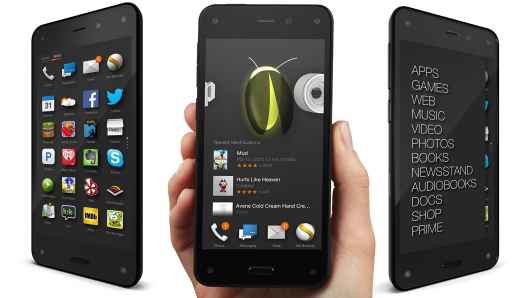 When Paul Adams left Facebook to join Intercom, a customer communications firm, his goal was to help businesses become more personalized and intimate communication methods with customers. The release of the newest version of Intercoms in-app messaging service seemed to be a step in the direction of achieving that goal. Some critics were wary upon the first release of details of the new version of the app, claiming that it wasn’t that different from Series B, the version of the app released earlier in the year.
When Paul Adams left Facebook to join Intercom, a customer communications firm, his goal was to help businesses become more personalized and intimate communication methods with customers. The release of the newest version of Intercoms in-app messaging service seemed to be a step in the direction of achieving that goal. Some critics were wary upon the first release of details of the new version of the app, claiming that it wasn’t that different from Series B, the version of the app released earlier in the year.
However, Adams disclaimed this belief by declaring that the new version chose to focus on five areas that companies tended to struggle through in communications with customers. First, Adams sought to do something about the impersonal nature of customer messages. Associated with that was his opinion on the poor targeting and timing of these messages. Often, he found that these messages lacked for context and were often seen as cold and remained unanswered as a result. Contributing to this was the fact that the existing messages weren’t very conversational, and didn’t prompt much productive feedback. In general, Adams found that many of the existing tools in completing the task sought to treat web and mobile communications as two separate things.
To demonstrate the success of his addressing of these five problems, Adams engaged in a demonstration of the new app recently. He used Intercom’s own website as a platform to show how the new app could help communicate with clients and retrieve feedback from customers. The app allows the message sent to appear as if it is from a specific team member; those sending the messages are also provided with information specific about the client, through data collected from the website. The message can be formatted to meet the sender’s preferences, including through the use of photos, videos and emoticons.
From Intercom’s point of view, the app allows for a collection of plenty of data through responses received from customers, which is then provided to their clients. Messages can also be sent through the web or from a mobile device. Through this, businesses who use Intercom’s app will be able to start supporting more sophisticated work forces. Testing for the app was offered to a limited number of businesses, but has recently been released to all of Intercom’s clients.
